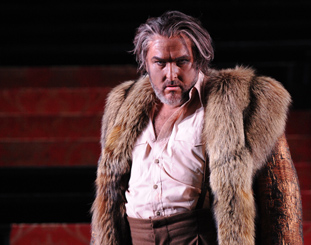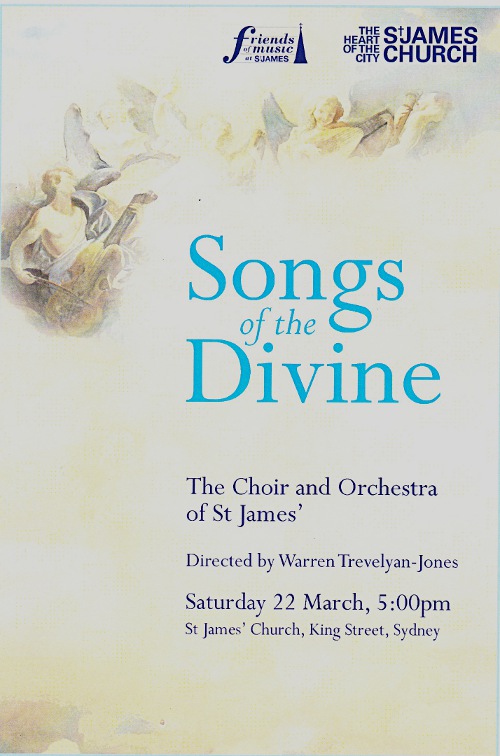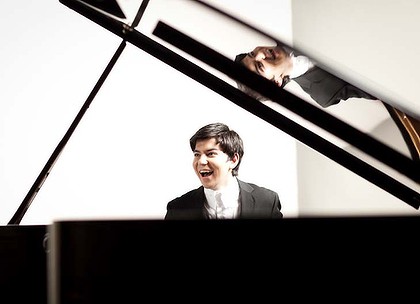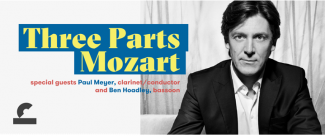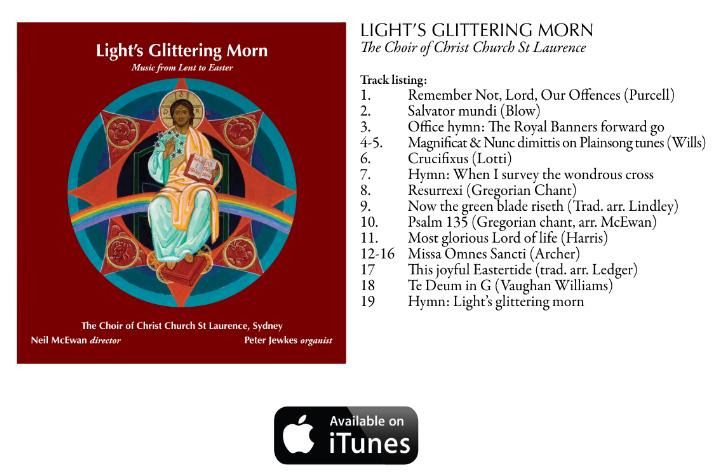Pinchgut Opera’s ‘Giasone’ reviewed: Recreating a 400 Year Old Soundscape

Possibly the most challenging aspect of writing about my evening at Giasone, Pinchgut Opera’s 2013 production, has been to decide which of the many facets of this beautifully integrated production was the most memorable – was it the casting or the singing? The musical direction or the orchestra? Was it was the inventive staging – ever a challenge in a recital hall, or the opera itself – the box office hit of the 17th century with its universal themes? All are serious contenders. Perhaps there will be an answer at the end of this chronicle – no promises.
Francesco Cavalli’s drama musicale in a prologue and three acts with libretto by Giacinto Andrea Cicognini premiered in Venice in 1649. Sadly, it was the only collaboration between this pair, described by a critic Crescimbeni in 1700 as ‘the first and most perfect drama in existence’. Its reflection of Venetian decadence sealed its popularity and with Giasone, Pinchgut Opera extended an alluring invitation to cast inhibitions aside and be drawn by Giasone’s hedonism for just a little while. Despite an initial fright that I might have been swept into the South Pacific by an argonaut clad in culottes, once the music poured forth I was very soon reassured that I was much nearer the Aegean and the Adriatic.
In 2012, Castor and Pollux propelled us into the cosmos with a set that was a complex mesh of glistening triangles, the likes of which had not been seen in the City Recital Hall before. This year, designers Chas Radar-Scheiber (who also directed the production) and Katren Wood created the mood with a simple curtained portal drenched in a soft light that with different colours and manipulation of curtains and backdrops, opened up the many scenes of the opera. Giasone’s acquisition of the Golden Fleece was most imaginatively depicted as a shadow dance enacted behind the curtains and illuminated from behind.
The singing was outstanding and the casting was perfection. Counter-tenor David Hansen as Giasone had an extraordinary range and shimmer; Celeste Lazarenko, as Medea, ruled by her heart over her head, goddess-like in firebrand red, epitomised by her rendition of the stark and steely aria Dell’antro magico’; Miriam Allen as the broken hearted Isifile lamenting her fate, demonstrating a hypnotic sound and beauty of phrasing especially in Infelice, che ascolto; Andrew Goodwin as the emotionally crippled Egeo, attired stiffly in formal wear, only able to expression passion by turning it against himself; tenor Christopher Saunders who as Demo, made an absolute art of stuttering in song; Alexandra Oomens as Alinda the lady-in-waiting, focussed less on her lady than on an argonaut who would literally, sweep her off her feet; Adrian McEniery, in a stroke of genius, singing the role of Delfa, Medea’s nurse usually sung by an alto, dressed in matronly style and fretting about her age, perfectly portraying Cavalli’s comic style.
Erin Helyard conducted from the harpsichord with a physicality that was infectious. There seemed to be separate muscles and gestures for every note and ornament. The Orchestra of the Antipodes played on period instruments in their 10th Pinchgut production, achieving an astringent sound that I imagine would have been exactly the soundscape of the time.
This, dear readers, is where this production stands out – in my book at least.
Erin Helyard’s study of the history of music performance and the integration of his vast repository of knowledge into this performance offered the rare acoustic pleasure of cascades of ornaments, typical of that time. Ornaments were notes added to the music to decorate the basic melody. They were sometimes written in by the composer but the performer too was allowed embellish the music with discretion. In Italy at the time of Cavalli, ornamentation was essential to expression but had to be performed with ‘grace’ – a somewhat intangible aesthetic. It is a complex set of practices determined in part by whether the notes are moving up or down, their length, the tempo of the piece, the surrounding notes and the mood. Executing these grazie is another skill again, requiring the ability to sing great swathes of notes at speed – scale passages, trills and repeated notes – achieved by immaculate control of the vocal apparatus and the breath, and delivered with aplomb by the cast of Giasone.
Supported by robust programme notes, the full libretto, the provenance of the instruments, and the careful disclaimer that visible microphones were for recording and not for amplification, Giasone offered comedy, drama, love triangles, seduction, danger and murder in an impeccable display of creativity and musicianship.
Is there an answer to my question pinpointing the most memorable aspect? For me, it is that which Pinchgut Opera delivers best of all – the expert performance of the music of the Baroque and the unique sounds of the ornaments that hovered, glistened, slid and crunched their way in, enriching the music, drawing out the characters and enhancing the story telling.
Shamistha de Soysa for SoundsLikeSydney©


